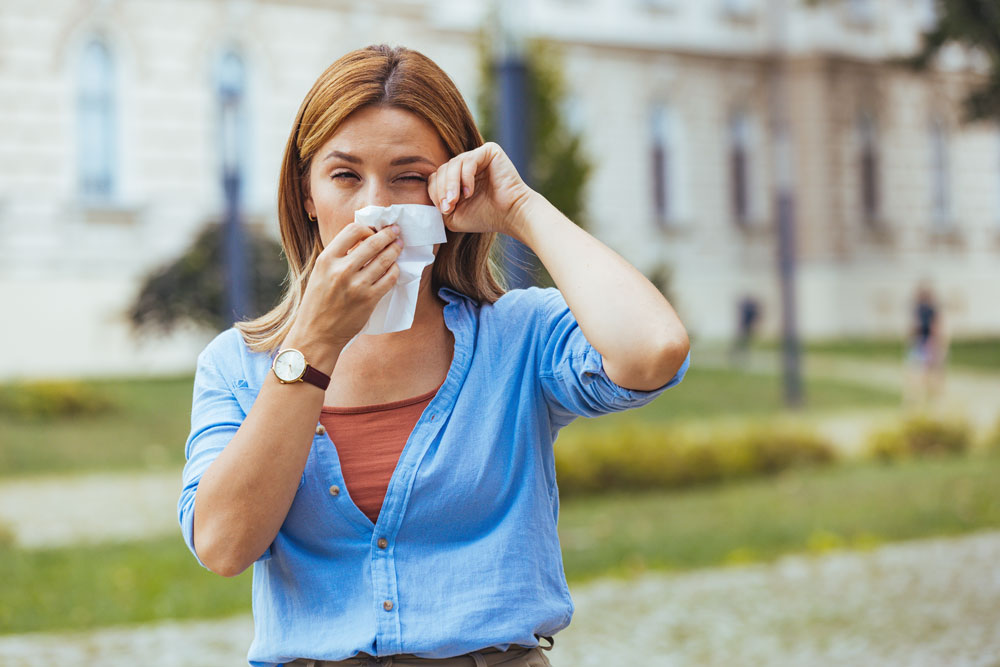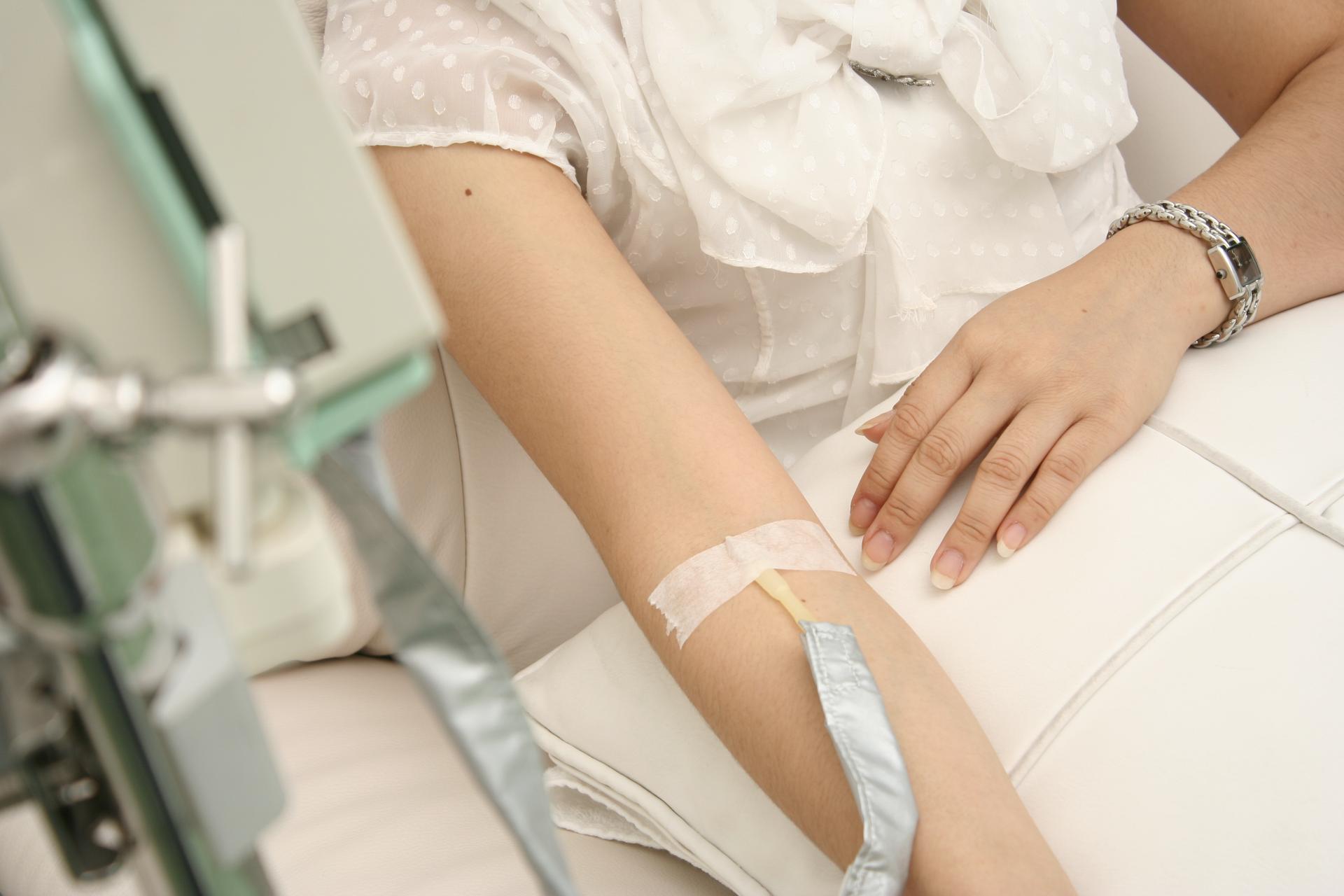Objective: To investigate whether prognosis of breast-, colon- and prostate cancer may be related to vitamin D3, induced from solar ultra-violet (UV) radiation, through studies on geographical and seasonal variations in UV radiation.
Methods: This study includes 115,096 cases of breast-, colon- or prostate cancer, diagnosed between 1964 and 1992. Among these, 45,667 deaths due to the cancer were registered. On the basis of a north–south gradient in solar UV radiation and geographical climatic differences, Norway was divided into eight residential regions. According to seasonal variations in UV radiation, four periods of diagnosis during the year were used. Case fatality according to residential region and to season of diagnosis was estimated using Cox regression. The effects of occupational sun exposure, childbearing pattern and educational level were also evaluated.
Results: No geographic variation in case fatality was observed for the three cancer types studied. A significant variation in prognosis by season of diagnosis was observed. Diagnoses during summer and fall, the seasons with the highest level of vitamin D3, revealed the lowest risk of cancer death.
Conclusion: The results suggest that a high level of vitamin D3 at the time of diagnosis, and thus, during cancer results, may improve prognosis of the three cancer types studied.


